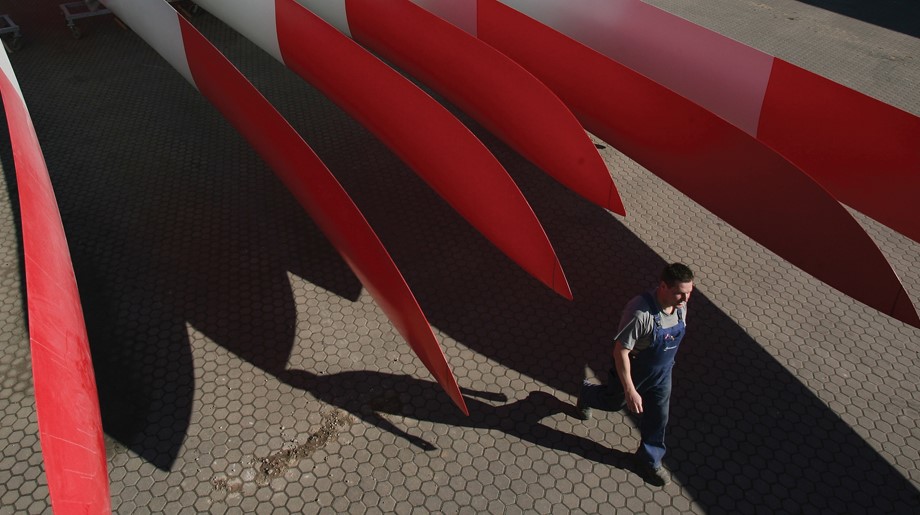ASME To Recognize The First Floating Offshore Oil Drilling Rig
ASME To Recognize The First Floating Offshore Oil Drilling Rig
NEW YORK, Feb. 28, 2012 – Mr. Charlie, the first transportable oil drilling rig to be deployed offshore and which contributed to the evolution of a critical U.S. industry, will be recognized by ASME for historic significance.
ASME will name Mr. Charlie a Historic Mechanical Engineering Landmark at a ceremony to be held March 17, 2012, in Morgan City, La., where the rig is moored. Members of the ASME Committee on History and Heritage and the Society’s International Petroleum Technology Institute will join together with representatives of the International Petroleum Museum and Exposition in a celebration of engineering achievement and local history.
Built in 1952-53 and placed into service in the Gulf of Mexico in 1954, Mr. Charlie was the world’s first submersible and fully transportable drilling rig. Its drills and other machinery were installed on a 220-foot floating barge, which allowed a company to tow Mr. Charlie from one location to another in the search for reserves in the oil-rich waters of the Gulf. Once Mr. Charlie was situated over a drill site in depths averaging 40 feet, the giant pontoons were flooded with seawater to enable the vessel to rest on the sand for safe drilling.
Featuring a 500-ton hoist and durable welded construction, Mr. Charlie advanced the practice of coastal oil exploration from the stationary caisson structures used in the early 1950s to a revolutionary moveable rig that allowed an entire field to be drilled. “Mr. Charlie’s success initiated the modern offshore oil and gas industry,” says ASME in a bronze plaque to be presented to the International Petroleum Museum and Exposition at the March 17 ceremony.
During its lifetime of service from 1954 to 1986, Mr. Charlie drilled hundreds of wells in the Gulf Coast for Shell and other oil companies. The rig, while transformative in its time, became obsolete when the industry began to perform offshore Gulf Coast oil exploration in waters deeper than 40 feet. Mr. Charlie today is a museum exhibit and training facility.
The 250 ASME landmarks – ranging from mills and steam engines to industrial processes and space rockets – represent progress in the evolution of mechanical engineering and significance to society in general. Through its Landmarks Program, ASME encourages the preservation of historically important works.
About ASME ASME helps the global engineering community develop solutions to real world challenges. Founded in 1880 as the American Society of Mechanical Engineers, ASME is a not-for-profit professional organization that enables collaboration, knowledge sharing and skill development across all engineering disciplines, while promoting the vital role of the engineer in society. ASME codes and standards, publications, conferences, continuing education and professional development programs provide a foundation for advancing technical knowledge and a safer world. For more information visit www.asme.org.



